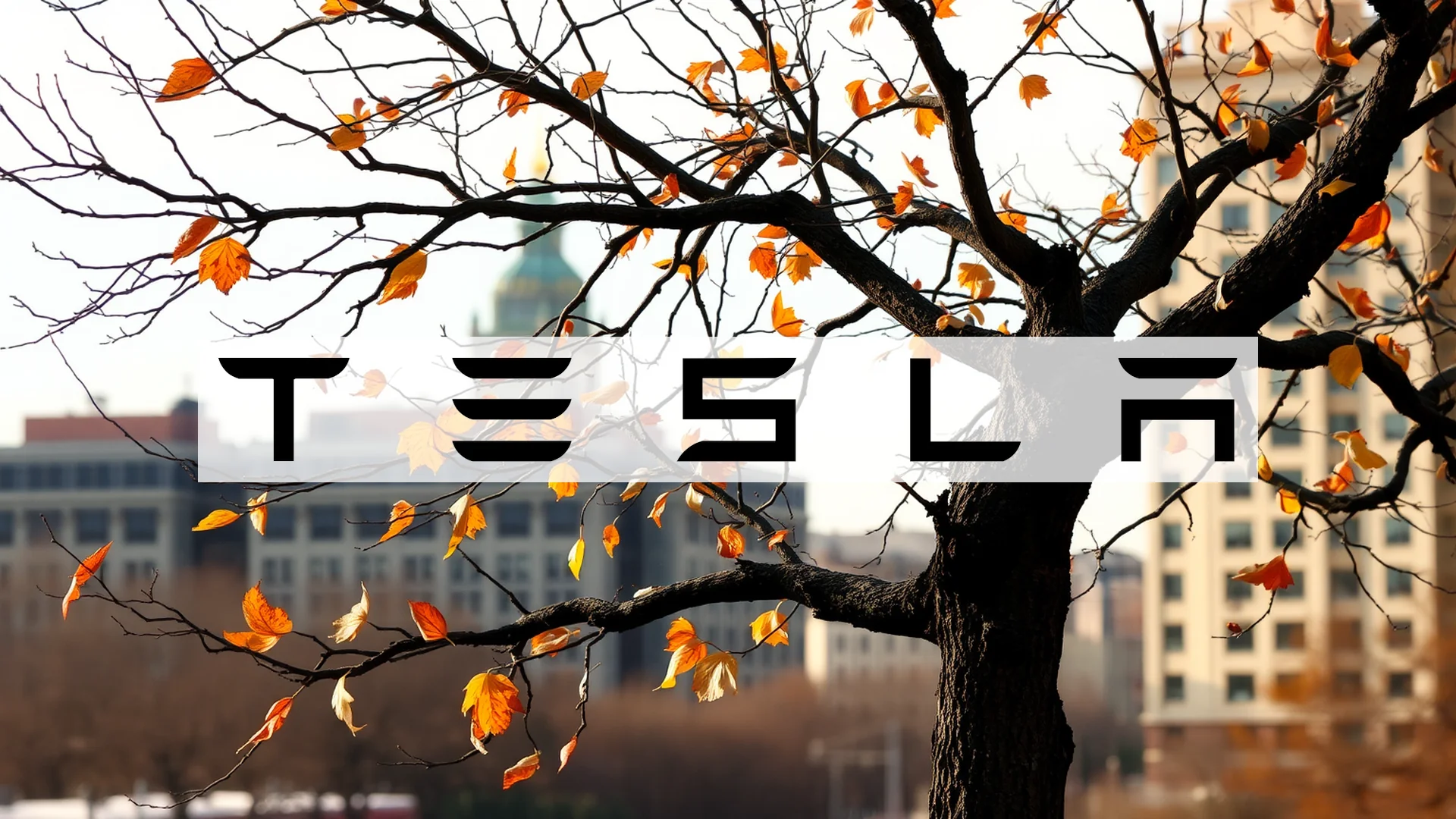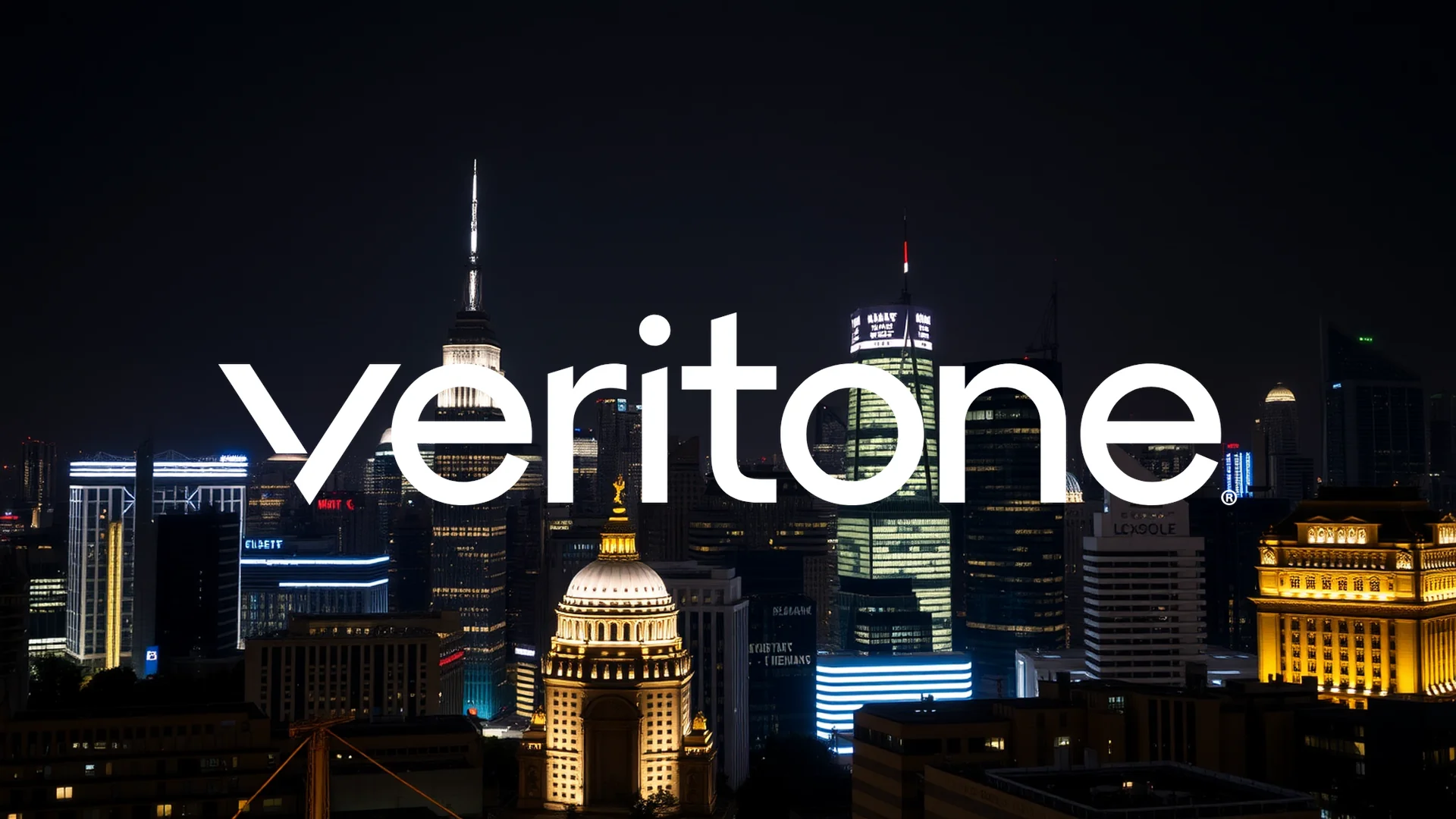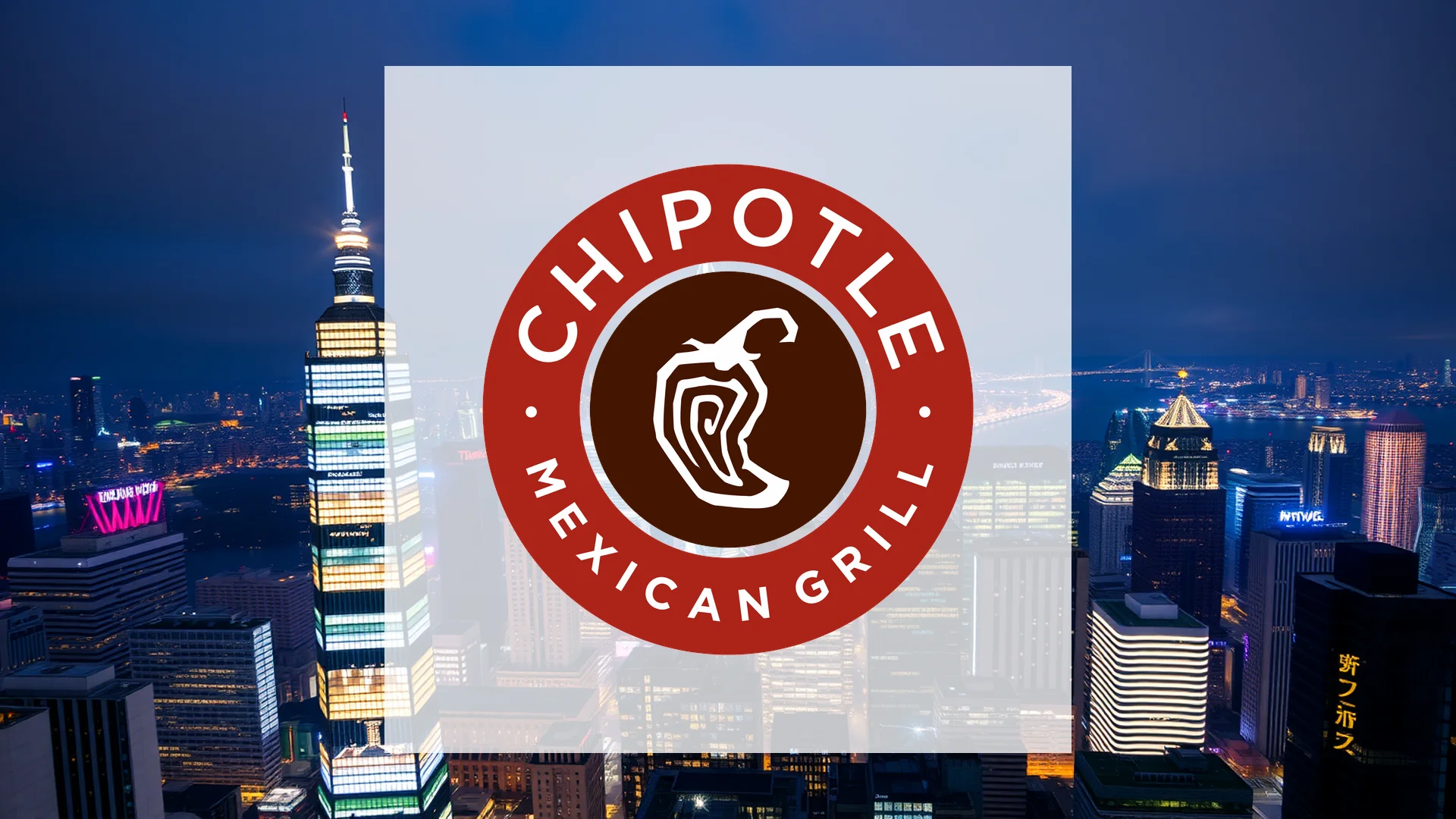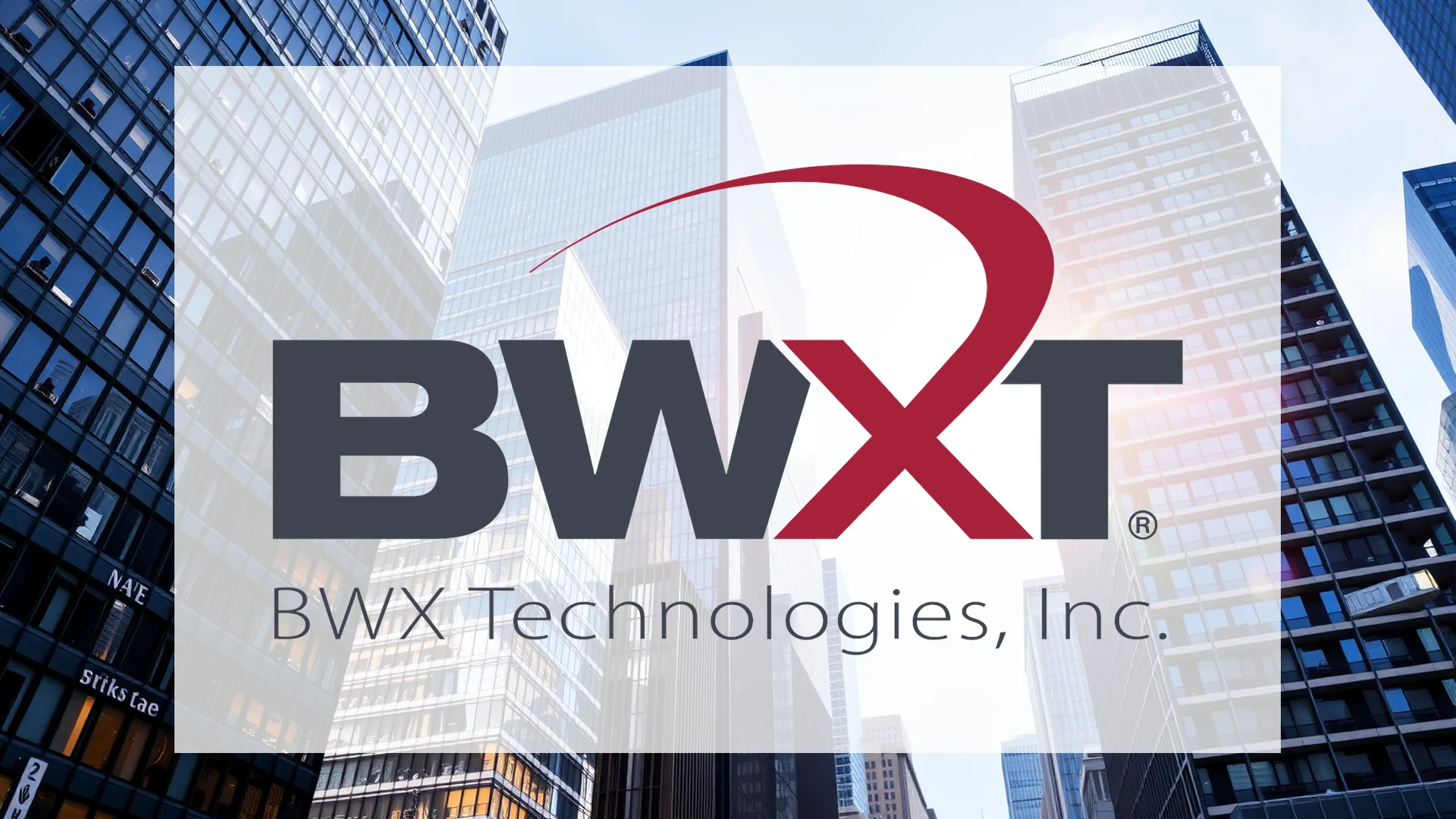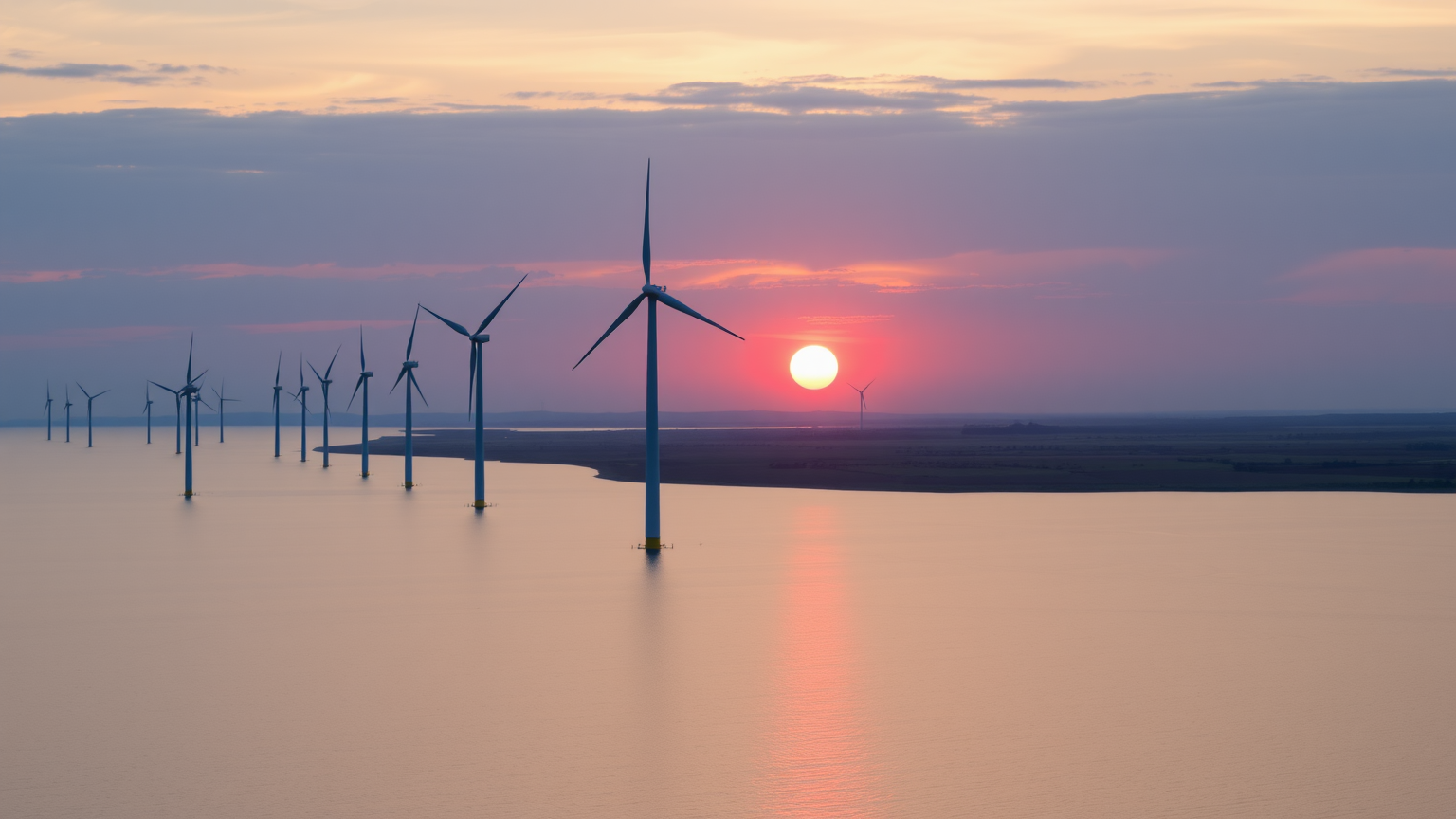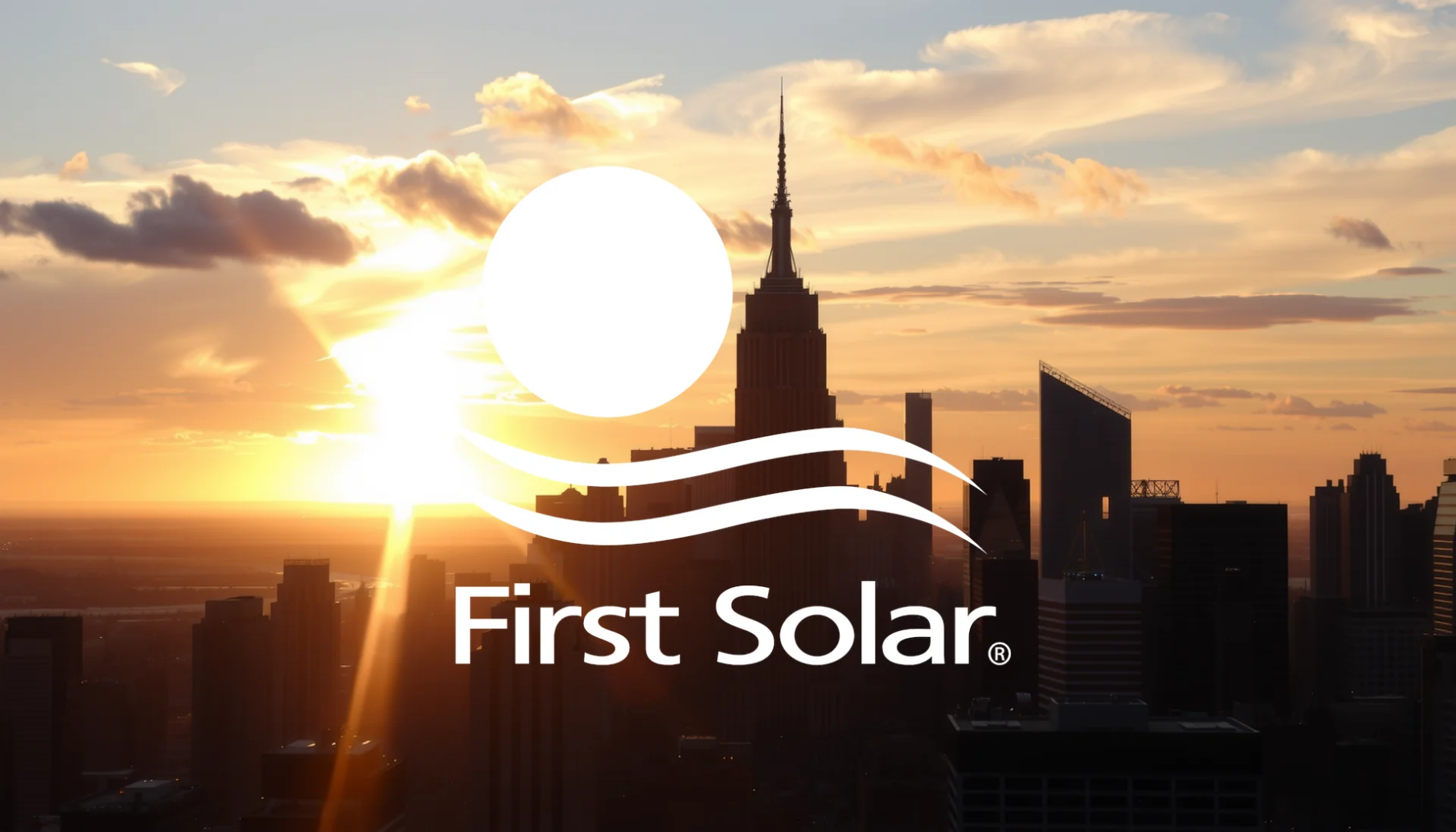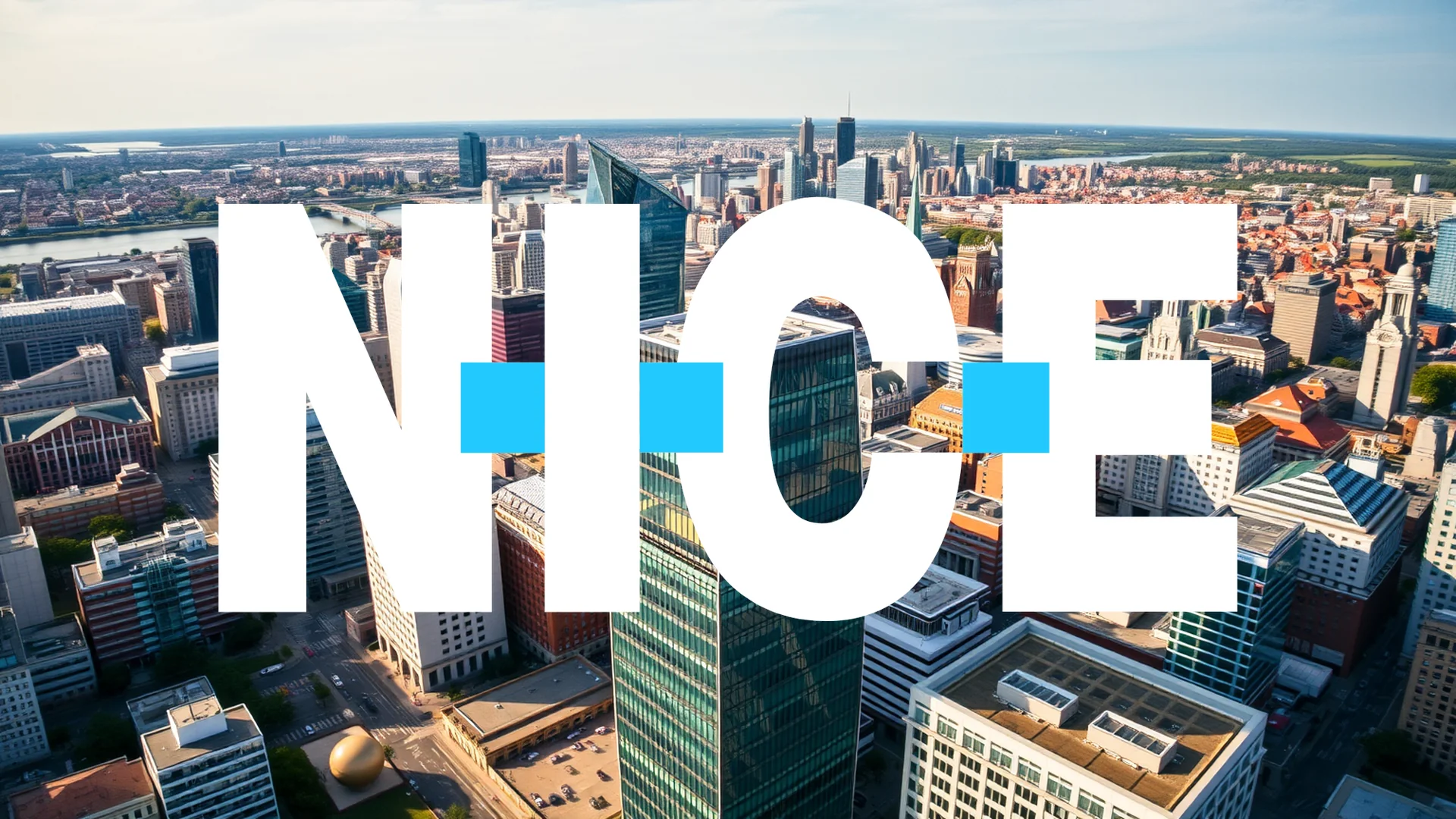Tesla is undergoing a fundamental transformation that challenges conventional perceptions of the electric vehicle manufacturer. While most investors still categorize the company as an automaker, CEO Elon Musk is quietly building something far more ambitious: an ecosystem centered on autonomous robotaxis, AI-driven vehicles, and humanoid robotics. This strategic pivot has captured the attention of financial institutions, with investment bank Stifel expressing strong confidence by raising its price target to $508—representing a 26 percent increase from Friday’s closing price.
Institutional Confidence and Financial Performance
The conviction in Tesla’s new direction is reflected in recent institutional activity. Nomura Asset Management increased its position by 4.2 percent, now holding shares valued at approximately $373.6 million. Other significant players including Brighton Jones and Revolve Wealth Partners have similarly expanded their stakes. Overall, MarketBeat data indicates about 66 percent of Tesla shares are held by institutional investors.
Recent quarterly results surpassed expectations, with revenue reaching $28.10 billion against projections of $26.37 billion. Earnings per share came in at $0.50, exceeding the anticipated $0.48. Analyst sentiment remains divided among 55 market observers: 25 recommend “Buy,” 19 suggest “Hold,” and 11 advise “Sell.”
Autonomous Driving Breakthroughs
At the core of Tesla’s transformation lies substantial progress in its robotaxi initiative. According to Stifel analyst Stephen Gengaro, the company’s driverless taxis are projected to operate without safety drivers in parts of Austin by late 2025—a critical milestone in autonomous vehicle development. Testing continues in the Bay Area, with plans to expand to eight to ten metropolitan regions within this year. Additional markets in Nevada, Florida, and Arizona are under evaluation.
The technological foundation for these advances is the new Version 14 of Tesla’s Full Self-Driving (FSD) system. This enhanced platform not only promises more precise navigation but introduces “reasoning” capabilities for the first time, enabling complex decision-making through comprehensive 360-degree environmental awareness. From automatically identifying optimal parking spots to navigating challenging traffic scenarios, Tesla aims to elevate autonomous driving to unprecedented levels.
Should investors sell immediately? Or is it worth buying Tesla?
Leadership Restructuring Signals Priority Shift
The company’s strategic realignment comes with significant organizational changes. Last week saw the departure of two key executives: Siddhant Awasthi, head of the Cybertruck program, and Emmanuel Lamacchia, lead for Model Y development. Both had dedicated eight years to Tesla and played instrumental roles in vehicle development. Lamacchia’s recent achievement included coordinating the “All-New Model Y” rollout across four factories on three continents within a remarkable two-week timeframe.
Their exits complete the turnover of leadership for traditional vehicle programs, following earlier departures of Daniel Ho and David Zhang in 2024. This executive exodus points toward a deliberate corporate refocusing, with Tesla prioritizing robotaxis and artificial intelligence while diminishing emphasis on conventional automotive development.
Supply Chain Realignment and Market Strategy
Concurrent with its technological pivot, Tesla is reducing its dependence on Chinese manufacturing. The Wall Street Journal reports that the company has instructed suppliers to eliminate all Chinese components from vehicles produced in the United States. While some parts have already been replaced, the comprehensive transition is expected to take one to two years. This move mirrors actions taken by General Motors and responds to escalating geopolitical tensions and potential tariff uncertainties.
To maintain demand despite expiring U.S. tax incentives, Tesla has introduced more affordable models: the Model Y Standard priced at $39,990 and the Model 3 Standard at $36,990, both offering ranges exceeding 300 miles.
Financial Projections Reflect AI Optimism
Stifel has revised its EBITDA projections upward to $14.9 billion for 2025 and $19.5 billion for 2026, citing confidence in Tesla’s artificial intelligence projects encompassing robotaxis, FSD technology, and the Optimus humanoid robot. The company now faces the dual challenge of transforming its robotaxi vision into commercial reality while navigating regulatory approval processes across multiple jurisdictions.
Ad
Tesla Stock: Buy or Sell?! New Tesla Analysis from November 18 delivers the answer:
The latest Tesla figures speak for themselves: Urgent action needed for Tesla investors. Is it worth buying or should you sell? Find out what to do now in the current free analysis from November 18.
Tesla: Buy or sell? Read more here...

